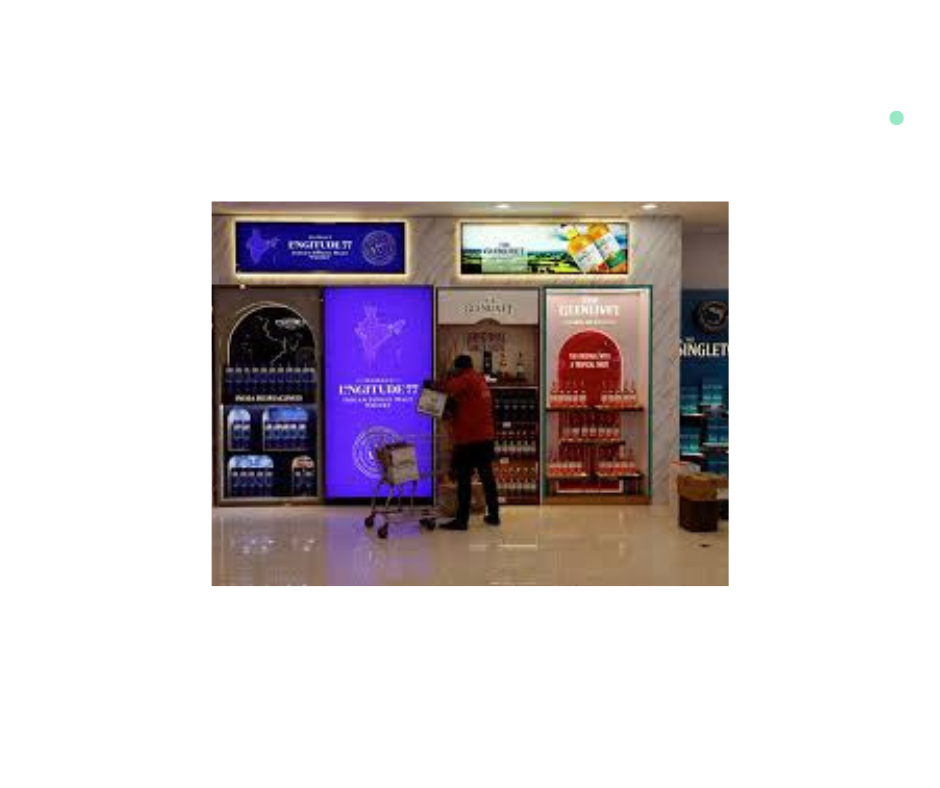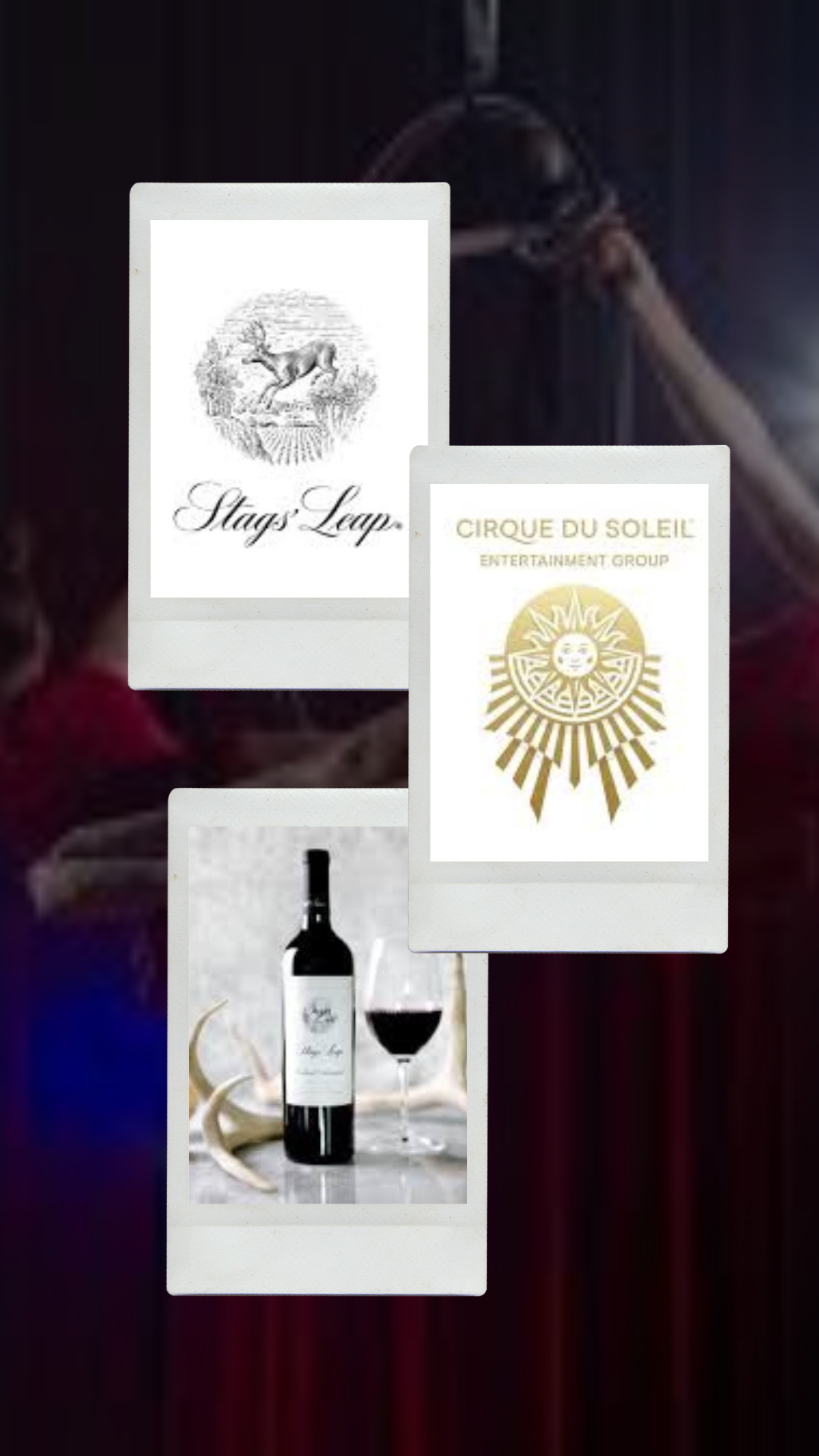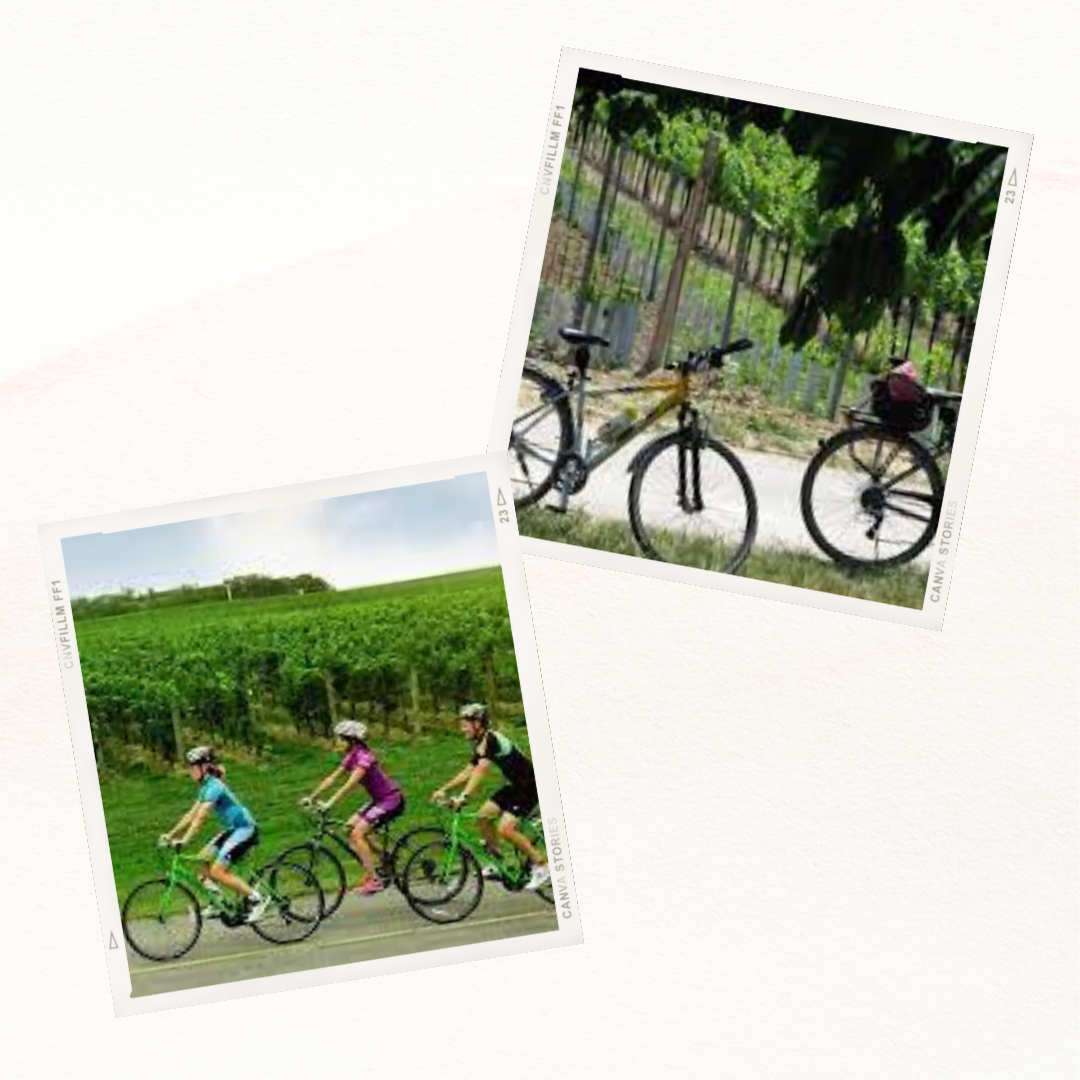According to a report from the World Spirits Alliance released on Wednesday, global sales of spirits such as vodka and whisky are expected to surpass wine as drinking preferences have shifted.
The report from Oxford Economics and alcohol market research firm IWSR states 2.67 billion cases of spirits were sold in 2022, almost as many as the 2.8 billion cases of wine sold that year.
“Should current trends in both categories continue, spirits volumes will soon surpass those of wine,” the report states.
Trends, including a shift towards drinking fewer, more expensive drinks, notably a growing range of cocktails, have seen spirits displace wine.
The wine industry has faced a global supply glut, difficult weather and falling demand, which has hit a 27-year low. Beer companies are also grappling with a shift to spirits in some markets.
BY THE NUMBERS
Beer accounted for 75.2% of total beverage alcohol volumes in 2022, followed by wine at 10.4% and spirits at 9.9%;
In terms of the value of sales in 2022, spirits accounted for 40% of total beverage alcohol sales followed by beer at 38.1% and wine at 17.6%;
Indian whisky is set to be the fastest growing spirits category between 2022 and 2027, growing by 50 million cases, with tequila, rum and gin all expected to rise between 10 and 20 million cases. Cognac and Armagnac are set to grow the least in the spirits market.
The production and sale of spirits contributed some $730 billion to the global economy in 2022, when activity ranging from farming and manufacturing to shipping and sales in shops, bars and restaurants is included.
Source: Reuters





